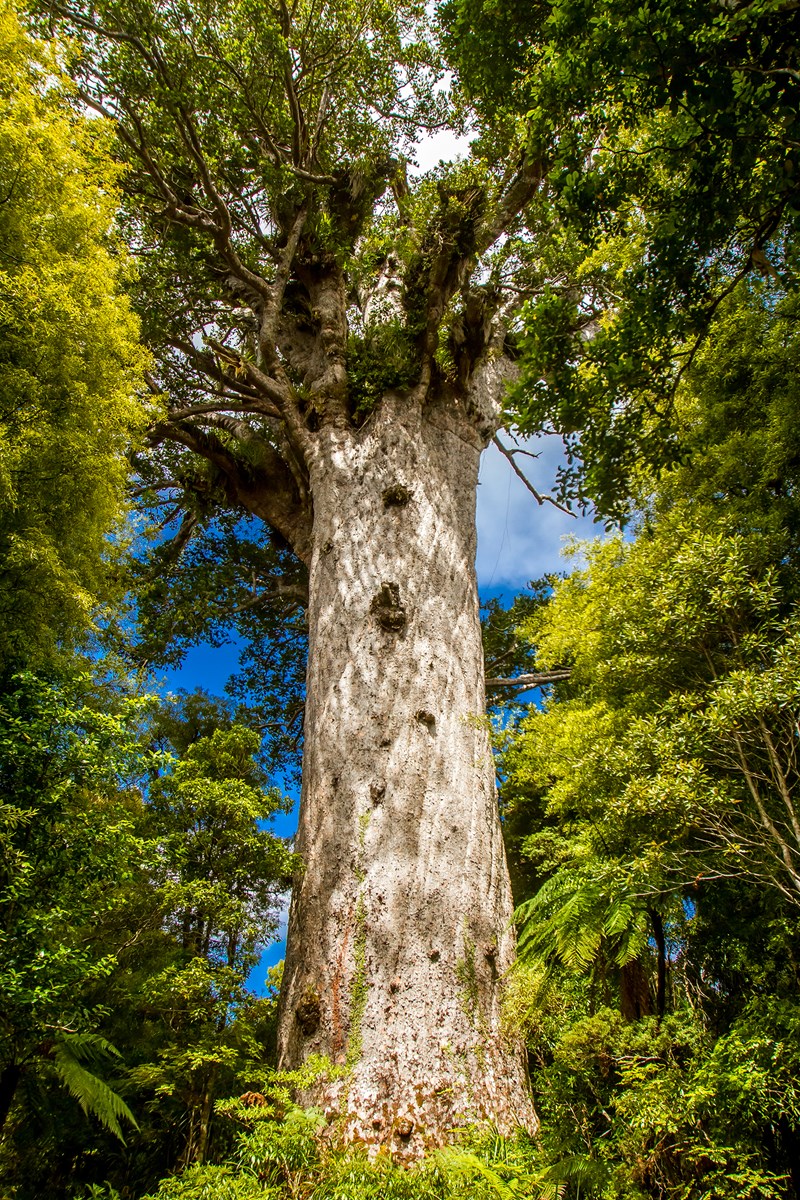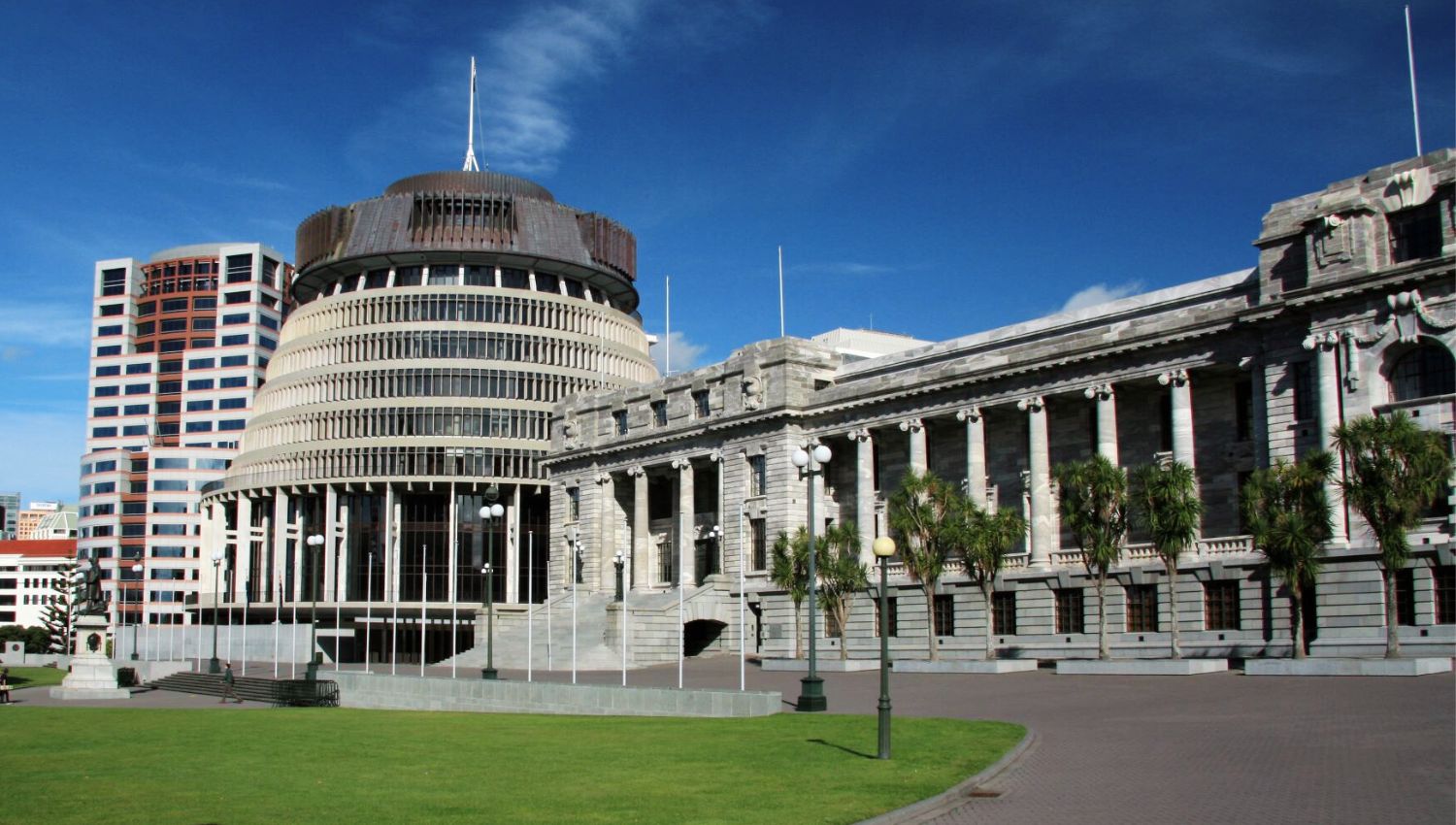The Ministry for the Environment has released an exposure draft of the National Policy Statement for Indigenous Biodiversity (NPSIB).
The draft NPSIB was amended following a public consultation process held between November 2019 and March 2020, during which over 7000 submissions were lodged. It provides national direction for maintaining and protecting indigenous biodiversity, and contains three fundamental concepts:
- Te Rito o te Harakeke: this concept refers to the need to maintain the integrity of indigenous biodiversity and includes recognising its intrinsic value and mauri, and its relationship and connectivity to people and the wider environment. Policy 1 requires indigenous biodiversity to be managed in a way that gives effect to Te Rito o te Harakeke, and there are provisions setting out how this is to be implemented.
- Maintenance of indigenous biodiversity: this requires at least no reduction in a series of matters, including the connectivity between, and buffering around, ecosystems, and the size of populations of indigenous species.
- The effects management hierarchy: this is described as an approach to managing the adverse effects of an activity and uses slightly different wording to the effects management hierarchy contained in the National Policy Statement for Freshwater Management. It contains definitions for “biodiversity offset” and “biodiversity compensation”, along with principles that must be complied with.
The NPSIB’s objective is described as being to protect, maintain, and restore indigenous biodiversity in a way that: (a) recognises tangata whenua as kaitiaki, and people and communities as stewards, of indigenous biodiversity; and (b) provides for the social, economic, and cultural wellbeing of people and communities now and in the future. It then includes 17 policies and a series of directions to implement these policies and the objective.
Subject to some exceptions (such as to include geothermal ecosystems and highly mobile fauna), the NPSIB does not apply to aquatic indigenous biodiversity and indigenous biodiversity in the coastal marine area.
Significant Natural Areas
Notably, the NPSIB introduces a mandatory requirement to identify and map significant indigenous vegetation and significant habits of indigenous fauna as significant natural areas (SNAs). For areas that have not already been identified, territorial authorities are to identify them within five years by using the criteria set out in the NPSIB. This exercise is not required for existing SNAs but only if an ecologist can confirm that they qualify as an SNA under the criteria contained in the NPSIB.
In terms of managing adverse effects of new subdivision, use or development on SNAs, there are specific adverse effects that must be avoided, and then other adverse effects are to be managed using the effects management hierarchy. The specific adverse effects to be avoided are listed as:
- Loss of ecosystem representation and extent.
- Disruption to sequences, mosaics, or ecosystem function.
- Fragmentation of SNAs or the or loss of buffers or connections within an SNA.
- A reduction in the function of the SNA as a buffer or connection to other important habitats or ecosystems.
- A reduction in the population size or occupancy of Threatened, At Risk (Declining) species that use an SNA for any part of their life cycle.
There are some exceptions to this, such as having a separate regime for geothermal SNAs, SNAs within plantation forests and SNAs on Māori lands, and an exception from the avoid direction for specific infrastructure where the effects management hierarchy applies instead.
Regarding existing activities, these can continue as long as the adverse effects do not result in the loss of extent or degradation of ecological integrity of the SNA, and are no greater in intensity, scale or character over time.
Outside SNAs (other than for Māori lands where a specific direction applies) local authorities are required to take steps to maintain indigenous biodiversity.
Implementation Timing
MfE has released a Draft Implementation Plan, which includes an implementation timeline split into the following four phases:
- Phase 1: Gazettal, which is proposed to occur in late 2022.
- Phase 2: The first year, which includes rolling out implementation support measures like detailed guidance and funding to assist territorial authorities to identify SNAs.
- Phase 3: SNA provisions, which includes identifying and mapping SNAs within five years.
- Phase 4: Ongoing implementation, which includes notifying changes to plans and policy statements within eight years.
Submissions
Feedback is being sought until 21 July 2022 and more information can be found at: https://consult.environment.govt.nz/biodiversity/npsib-exposure-draft/.
Please get in touch if you have any queries regarding these changes.



